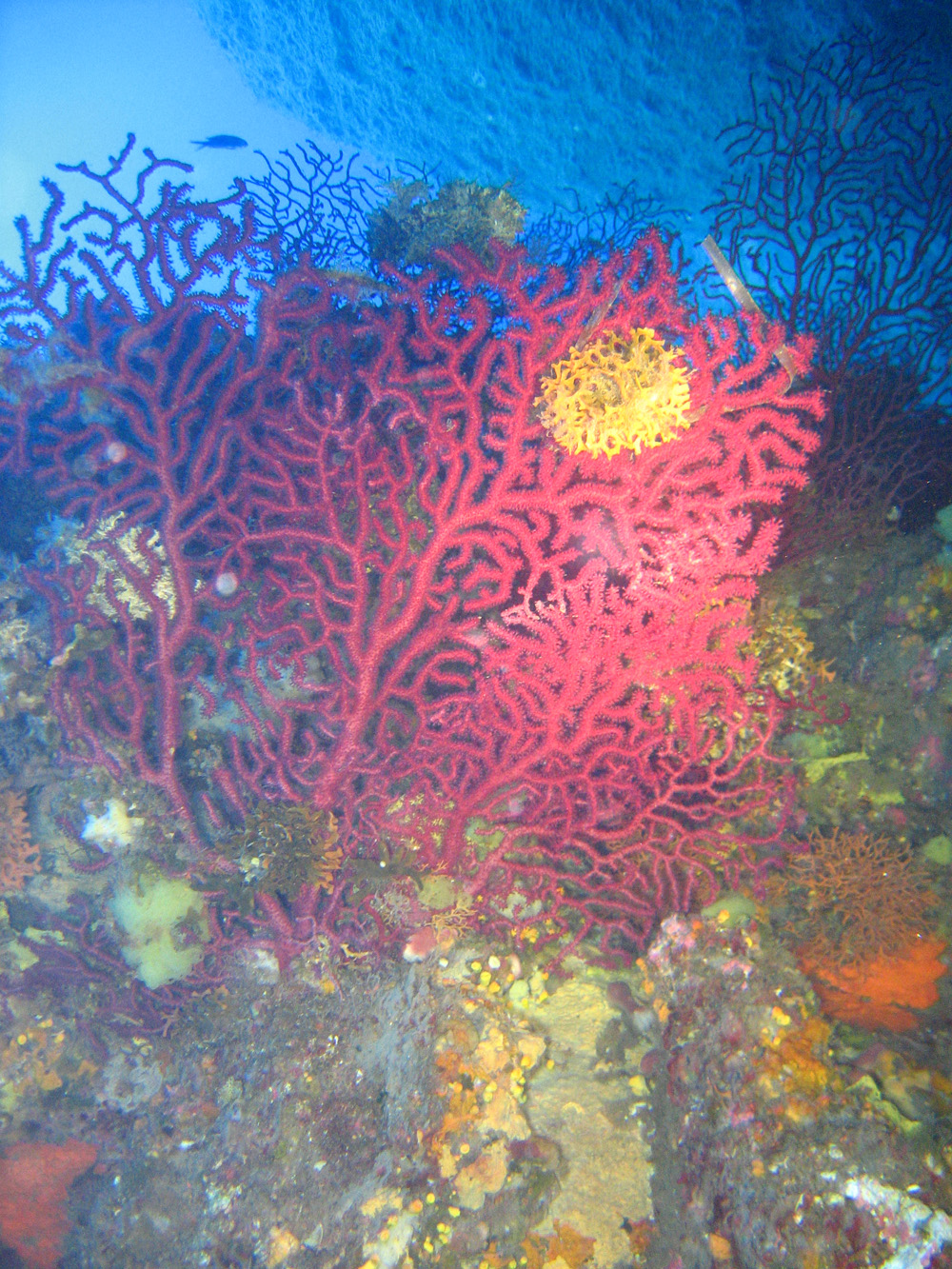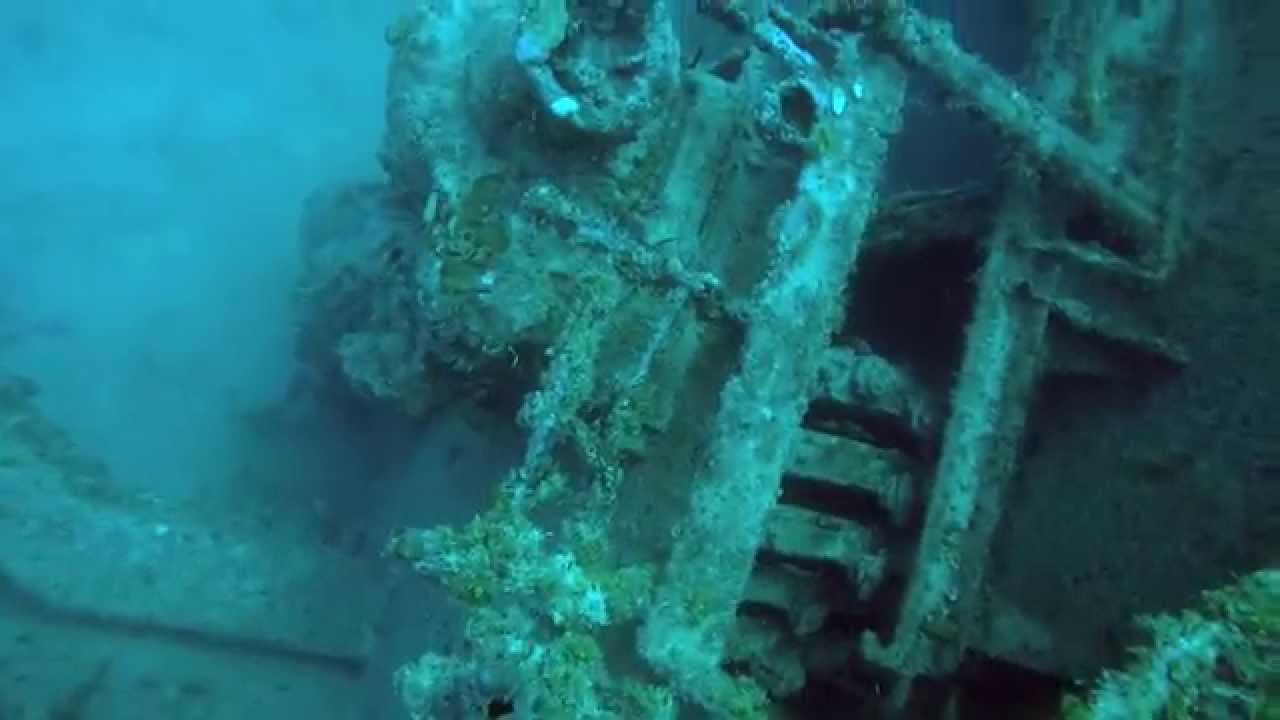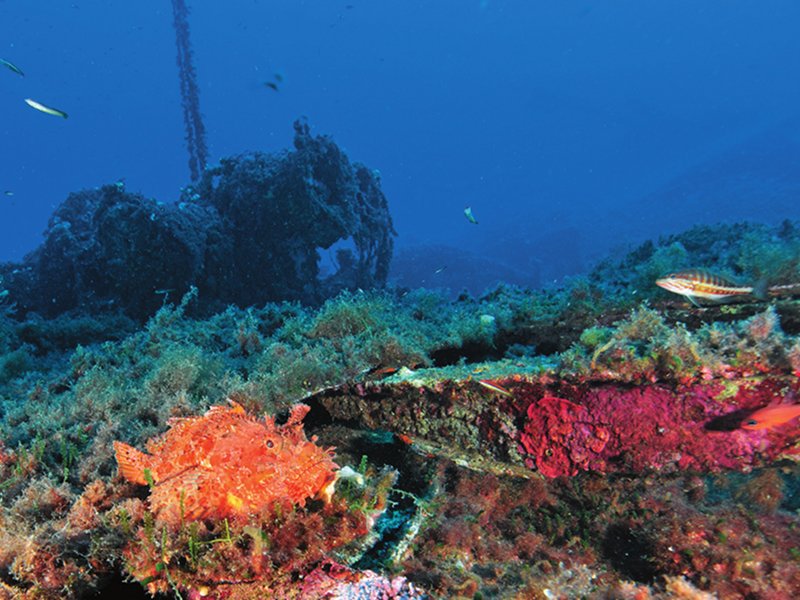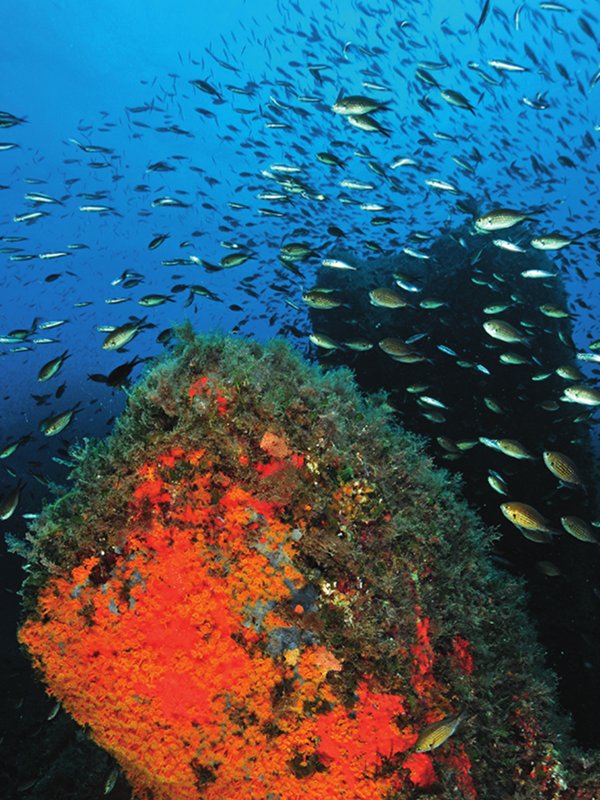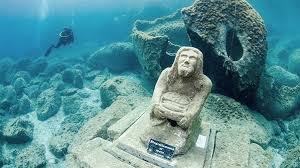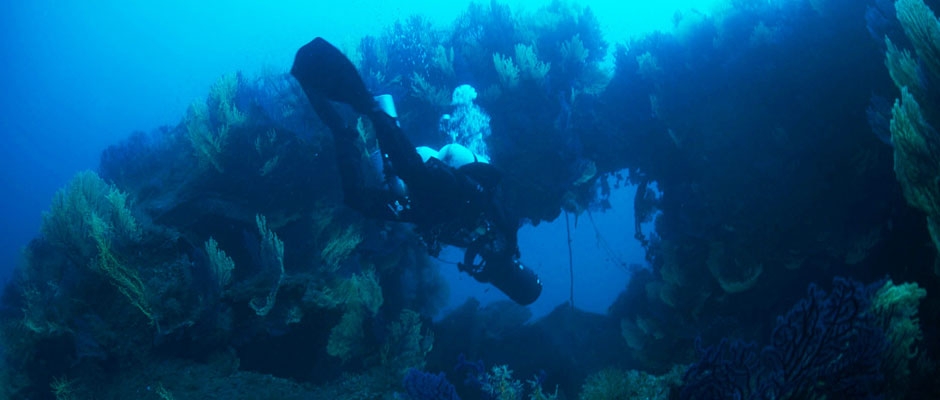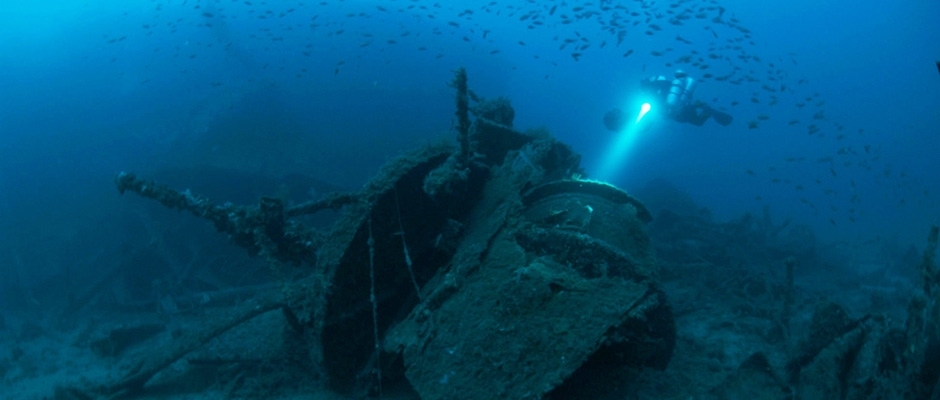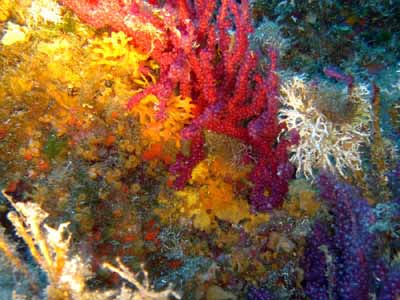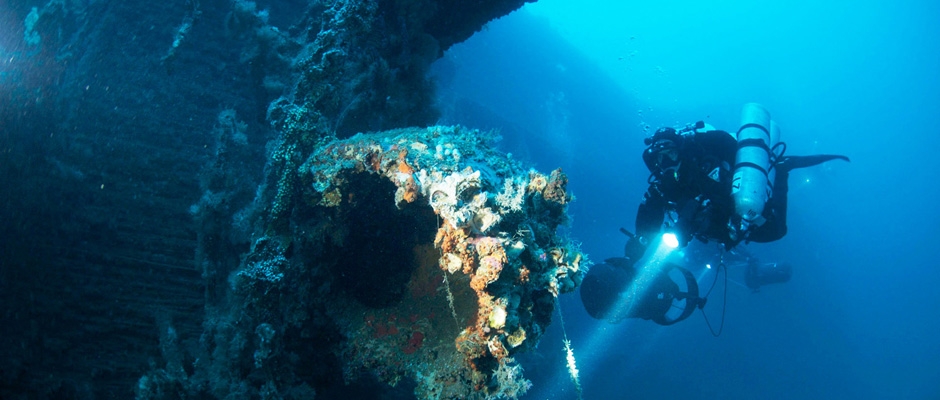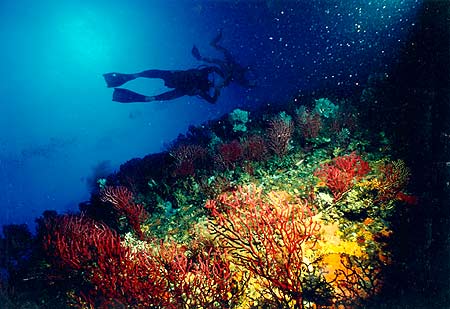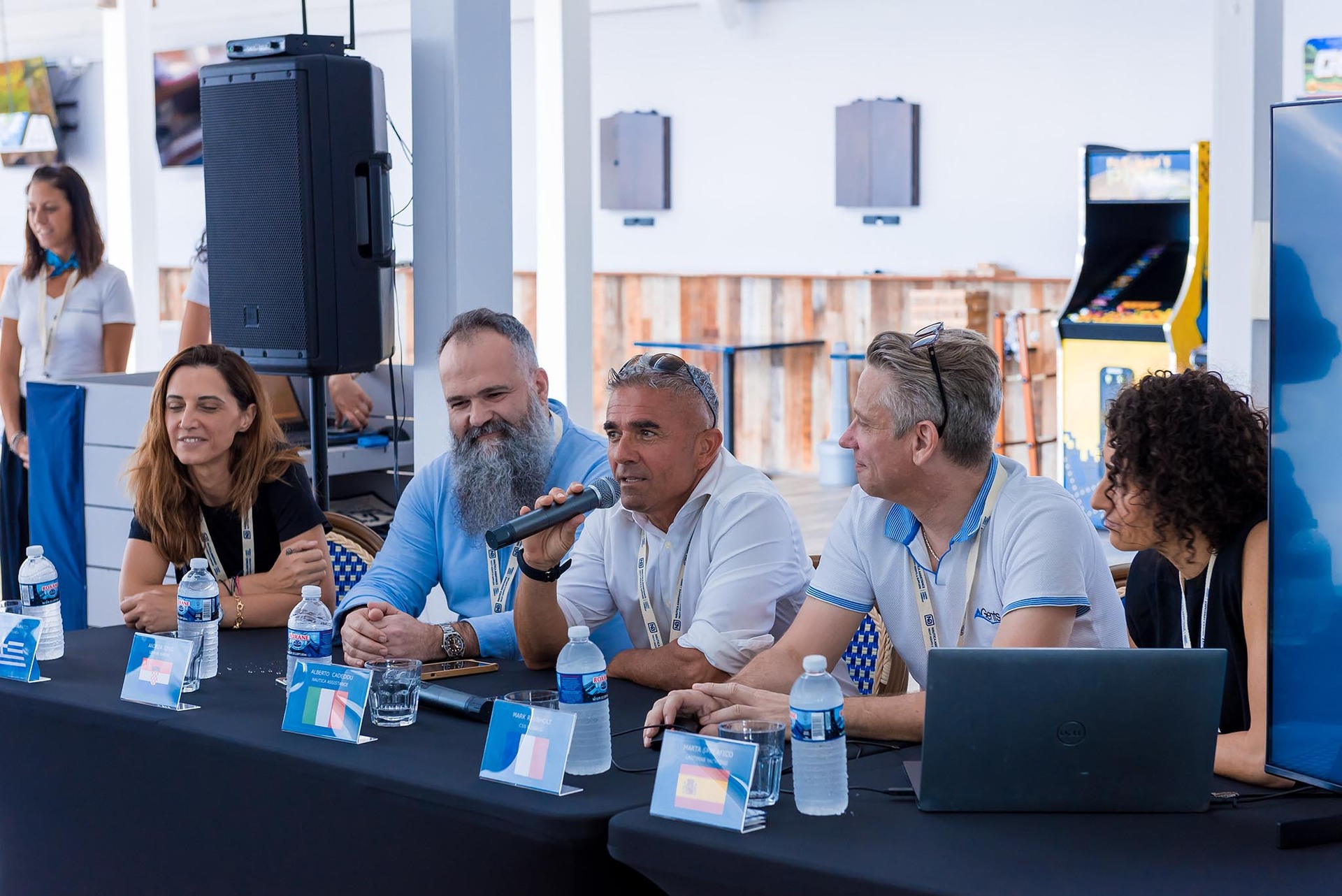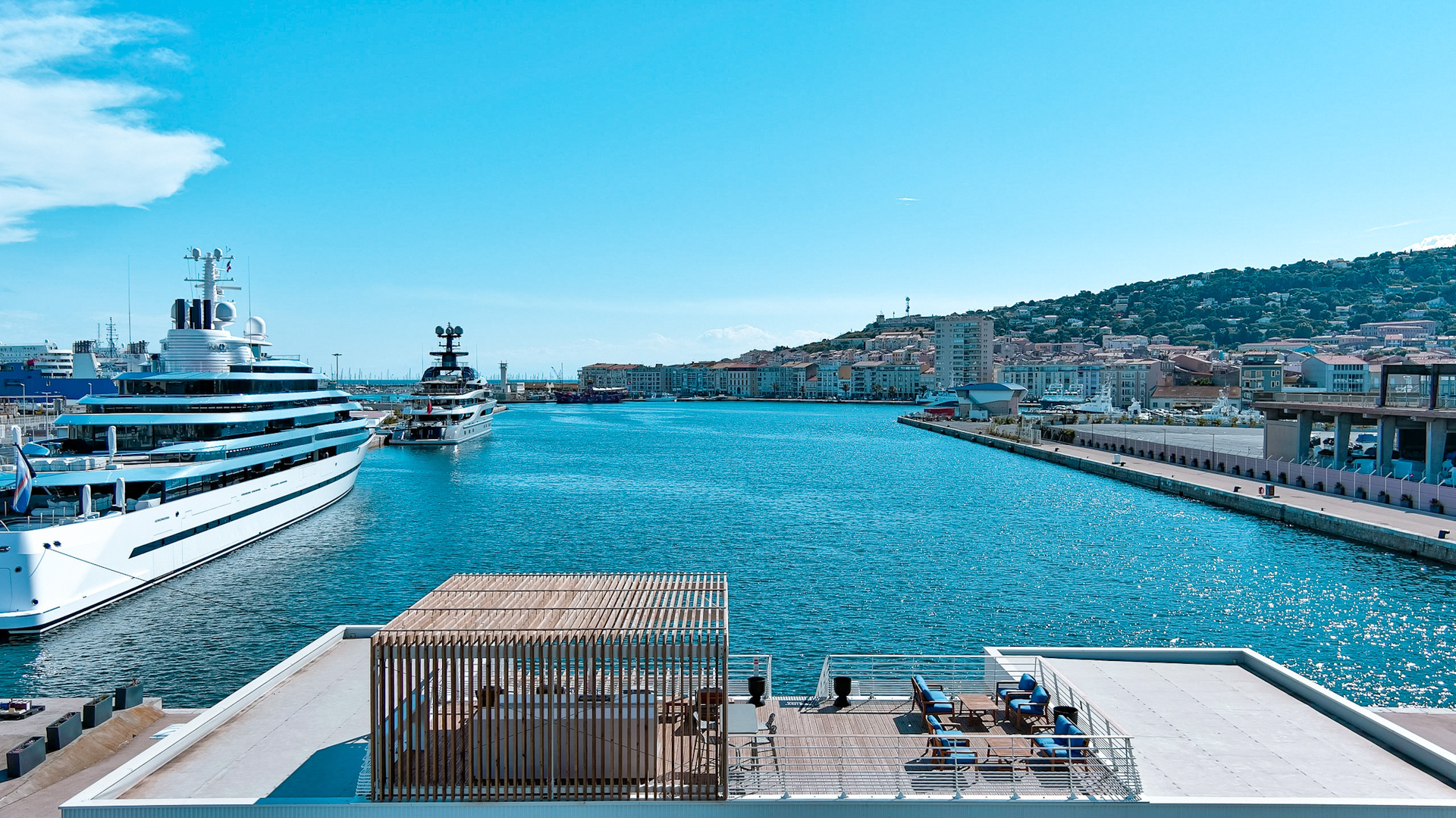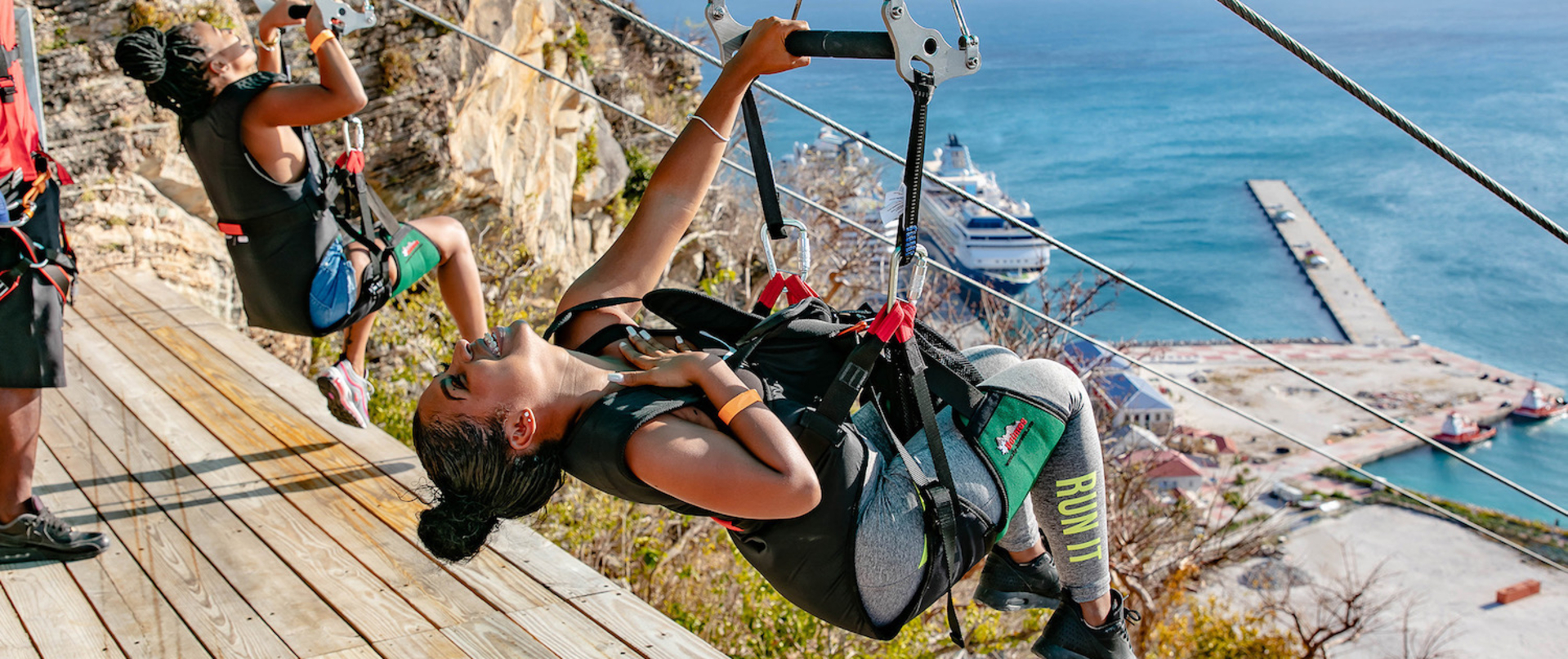s coast
from Muravera to Porto Pino
Diving spots
If you want to continue the navigation, please sign up
Request your temporary Access Code
This operational platform has been created to help yacht captains, yacht brokers, crew members, yacht agents and all people involved in the yachting industry to find in our DISCOVER SARDINIA section the right operational tool for cruising Sardinia. Nautica Assistance reserves the right to accept or decline the registration. Once accepted you will be receiving an access code with a validity of six months.
-
Parete Isola dei Cavoli
×
Parete Isola dei Cavoli
Depth 15 / 40 meters , drop – off of the Island of Cavoli,completely covered with gorgonian sea fans
Positioning: approx. 50 meters east of the eastern wall of the Variglione Isola dei Cavoli, offshore
Bottom type: sand, which rest on the granite monoliths
Difficulty: Medium
Depth: 38 feet
Current: Present after strong mistral winds, occasionally strong in area
Visibility: Good and variable in summer in spring
Summer temperature: 16 degrees
Winter temperature: 13 degrees min
Points of interest: Wall of approx. Completely colonized by 6 meters Paramuricea chamaeleon. Excellent for photographic ideas
Fish, invertebrates: encrusting sponges, sea squirts, bryozoans, the coral fauna and flora, the presence sometimes of some specimens of lobster, Hommarus gammarus, small pieces of lobster, Palinurus Elephans, including many invertebrates, Paramuricea chamaeleon, and Enicella cavolinii
Description of the dive
The dive begins along the coast near the "Roman ship".
Keeping the wall to the right depth 'of approx. 25 meters you will reach a large monolith-shaped ingot tilted sinking in the sand.
From this point you swim out to sea across a sandy bottom on which they land at the base monoliths colonized by small red Gorgonians, Eunicella. More light green alga Halimeda tuna unmistakable commonly called "coin of the sea" sea squirts Halocynthia papillosa and numerous, typical of coral. After a few tens of meters will appear 'to the great stone wall with a sloped Paramuricee rich.
It sinks to the bottom to light up the ravine that sticks in the sand. It rotates clockwise around the boulder you proceed along passing first into a narrow canyon and the rear wall. Climb through the gravel and swimming among the many boulders. A series of passes through the caves and gorges make the ascent more pleasant. Finally, we found the great stone of the "Roman ship".
The residence time of the wall is approx. 5 minutes to stay in lift curve.
- Wreck Egle
-
Secca Santa Caterina, Berni, Libeccio
×
Secca Santa Caterina, Berni, Libeccio
Depth 15 / 40 meters , the famous divesites in the protected marine park of Villasimius.
Positioning: approx. 1.2 M. South - West of Capo Carbonara, is marked by a light beacon visible in daylight.
Bottom type: Granite
Difficulty: Medium - Low
Depth: 12 to 38 meters
Current: Present after strong teacher; sometimes strong on the surface only in the vicinity 'of the beacon.
Visibility: Excellent in all seasons
Summer temperature: 18 degrees
Winter temperature: min. 13 degrees
Points of interest: Presence of large type anchors near Admiralty alal beacon, rich in coral caves, the deep canyons that descend steeply to the bottom
Fish, invertebrates: Branco sedentary Dotti (Epinephelus alexandrinus) south of the beacon on top, sometimes the Amberjack (Seriola dumerili), and very often Dentex (Dentex dentex) and other large Serranidae. (Epinephelus marginatus); red gorgonians (Paramuricea chamaeleon) in the dry west around 37 meters, large expanses of dark Parazoanthus axinellae in the ravines. Cowries (Luria lurida) and many invertebrates at night.
Description of the dive
It starts by going down the pillar beacon fiberglass. When you reach the bottom of the canyon takes a seat on the west side that descend steeply to a depth of 27-30 meters. We are dealing with a large granite boulder and stretched over a small granite boulders. It continues with the wall on the left side where we see huge granite monoliths and a backbone. It runs along the entire ridge.
After meeting with other pieces of Admiralty anchors are a hollow of the ridge where it passes through. It reverses the direction of 180° turning left until you meet a wild plain of small boulders and Posidonia, and continue searching the area we find the beacon.
Average duration 1 hour. -
wreck Isonzo
×
wreck Isonzo
Depth 40 / 57 meter, fascinating wreck of more than 80 meters of length with the engine room to visit and to admire the big canons on the bow and on the stern area. Very big groupers. For expert divers.
Propeller of the Isonzo: Depht 40 / 45 meters, half a mile from the Isonzo, A Dive to the propeller and to the 2 torpedoes, which were sinking the ship.
- Secca Genn'e Mari
- Wreck Loredan
- Wreck LT 221
-
Secca del Romagna
×
Secca del Romagna
Depth 38 / 52 meters, rocky formations of the ancient coastline of the gulf of Cagliari, formerly just known to local fishermen.
Sometimes difficult diving conditions, but an incredible amount of fish (Groupers,Sea bass, Barracudas, Seriolas, Mola Mola, Tunas and even Dolphins).
Wreck Romagna:
depth 32 / 43 meters, tanker in upright position, beautiful the rudder and the propeller. The Bow is missing. The Ship went on a mine during the second world war. A lot of marine life and fantastic visibility. Perfect for advanced divers and under water photographers.
Bow of the romagna:
depth 36/ 43 meters now inhabitated by big conger eels and lobsters.
- Secca dell'arco
-
Diving Villasimius
×
Diving Villasimius
Sardinia’s underwater world is just as diverse and varied as its island scenery. Every year diving fans are lured to Sardinia by its striking coastlines, translucent water, abundant sunshine, sunken Roman galleys, rugged rocks and rare shells. Almost a hundred ship wrecks lie deep under the waters of Villasimius. Not far away is the marine reservation of Capo Carbonara, which stretches from Capo Boi to the isle of Serpentara. Despite being a popular diving destination, especially in the summer months, Sardinia’s underwater world remains biologically sound. Divers and snorklers are wonderstruck by the gigantic cowries and multitude of fish, turtles and dolphins to be found here.
SEE THE AMP CAPO CARBONARA ZONING MAP DOC IN "RULES / REGULATIONS" AREA
